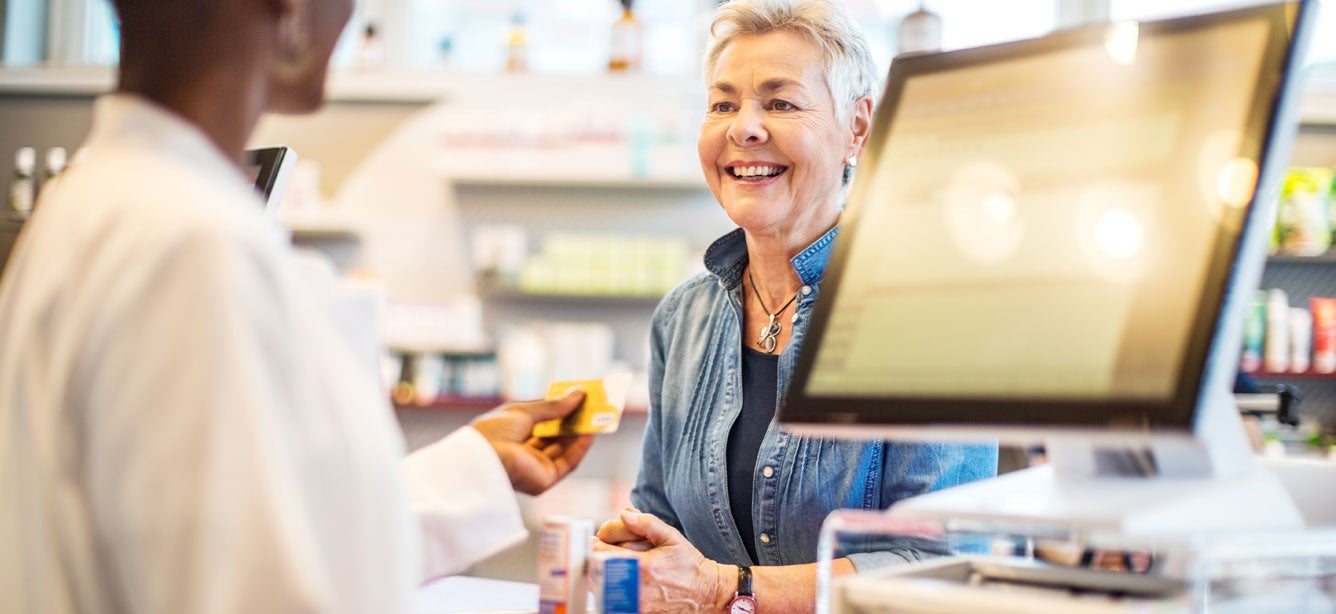Don’t forget to create an account to save your answers!
Create AccountWorry Less and Age Better with BenefitsCheckUp
BenefitsCheckUp® connects millions of older adults and people with disabilities with benefits programs that can help pay for health care, medicine, food, utilities, and more. See what's available in your area by entering your ZIP code below.
BenefitsCheckUp® is the nation’s most comprehensive online tool to connect older adults and people with disabilities to benefits. We'll make it easy to see if you may be eligible—and then help you find out where to apply online or how to get help from a benefits counselor.
BenefitsCheckUp can help you assess whether you can get help from programs before you apply. Answer questions anonymously to find out if you may be eligible for key benefits programs, including the Supplemental Nutrition Assistance Program (SNAP), Medicare Savings Programs, Medicaid, Medicare Part D Low Income Subsidy (LIS) - Extra Help, among others.
The Supplemental Nutrition Assistance Program (SNAP) is the largest federal food assistance program, helping individuals, families, and people with disabilities buy food to maintain good health. Find out if you're eligible to get help paying for groceries.
Did you know patient assistance programs (PAPs) are offered by some drug manufacturers to help older adults, low-income individuals, and persons with disabilities afford prescriptions? Learn more and find out how you can get help paying for your medications.
Not sure where to start? Depending on your location, you can talk to a benefits enrollment specialist in person. It's free, confidential, and unbiased. Find out how you can get help finding and enrolling in benefits programs you may qualify for.
Have more questions about your experience with BenefitsCheckUp? Call our helpline at 1-800-794-6559, Monday through Friday, 8 a.m. to 7 p.m. EST.
















